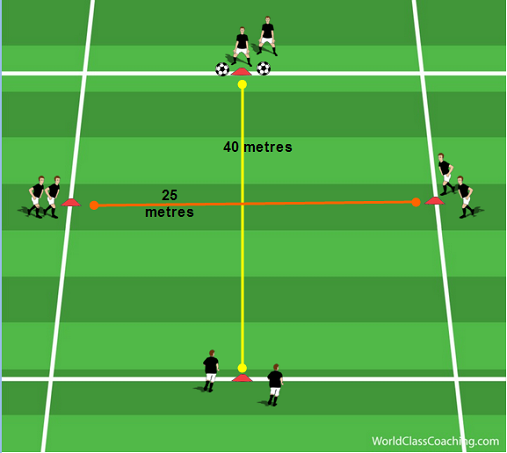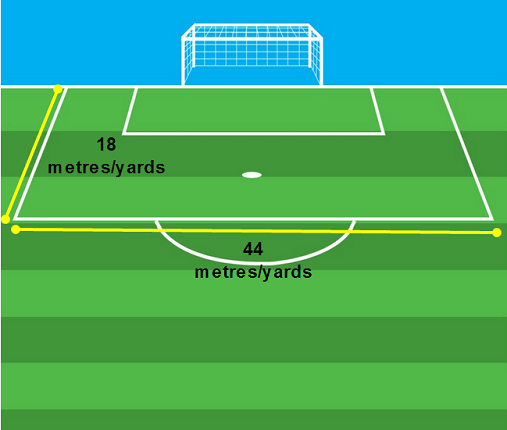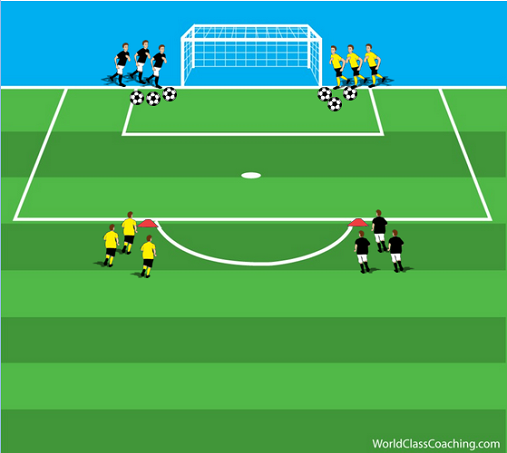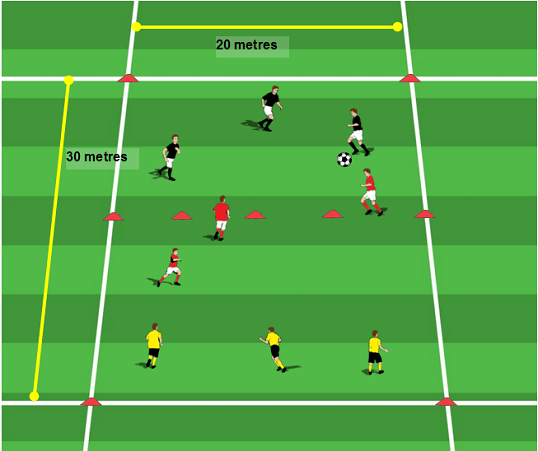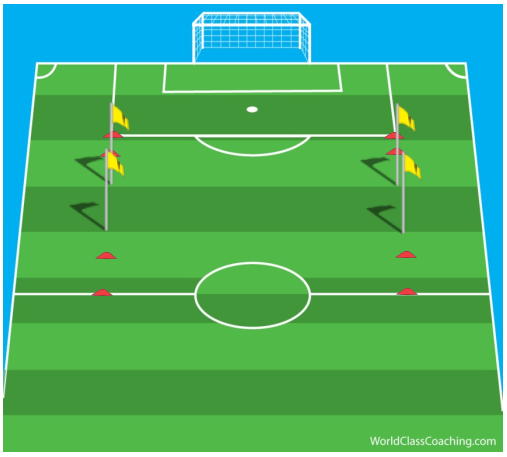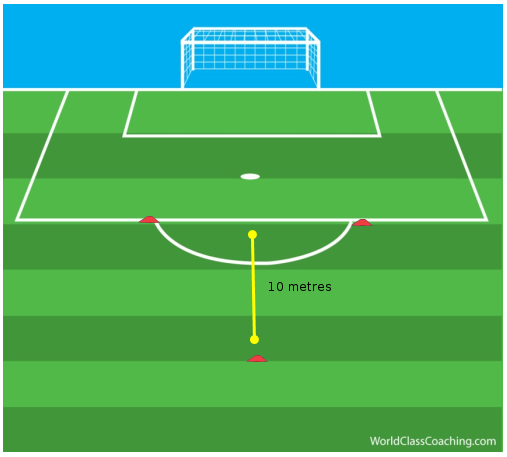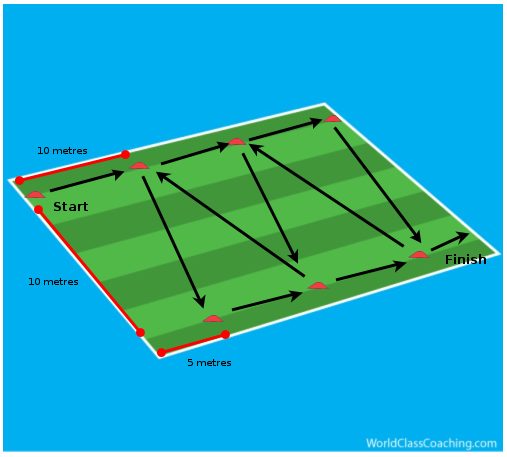By Keith Scarlett
This activity works on 1v1 defending, pressure, cover, recovery and defensive communication.
When moving up the pitch to attack the opposition’s goal, losing possessing can lead to a counter-attack. This technical training activity is designed to help players understand the importance of falling back to defend their own goal. A couple of players will need to pass around or dribble past opposition to score a point and when they do, or if things don’t work out; they need to get back quickly and help out on defense. REMEMBER: the BALL is the MOST IMPORTANT THING!
Set-up:
The playing area is 25 x 20 metres. Only one ball will be in play at a time. There are two-lines on either end of the pitch, the end-line; which is at either end of the playing area and the ball-line; which is 3-metres inside the playing area; per the diagram.
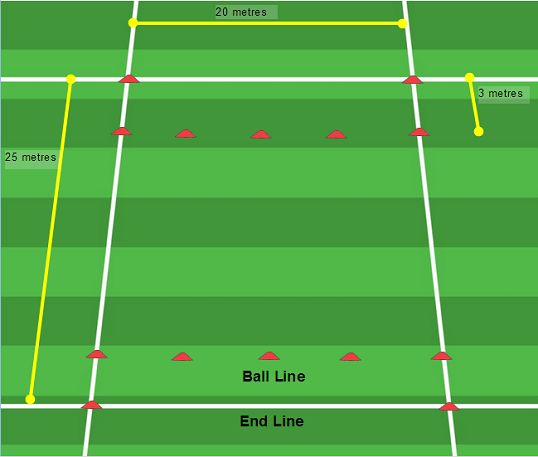
To start this activity, one team starts with possession of the ball, at random. This team’s (the attacking team), players need to
Continue reading

